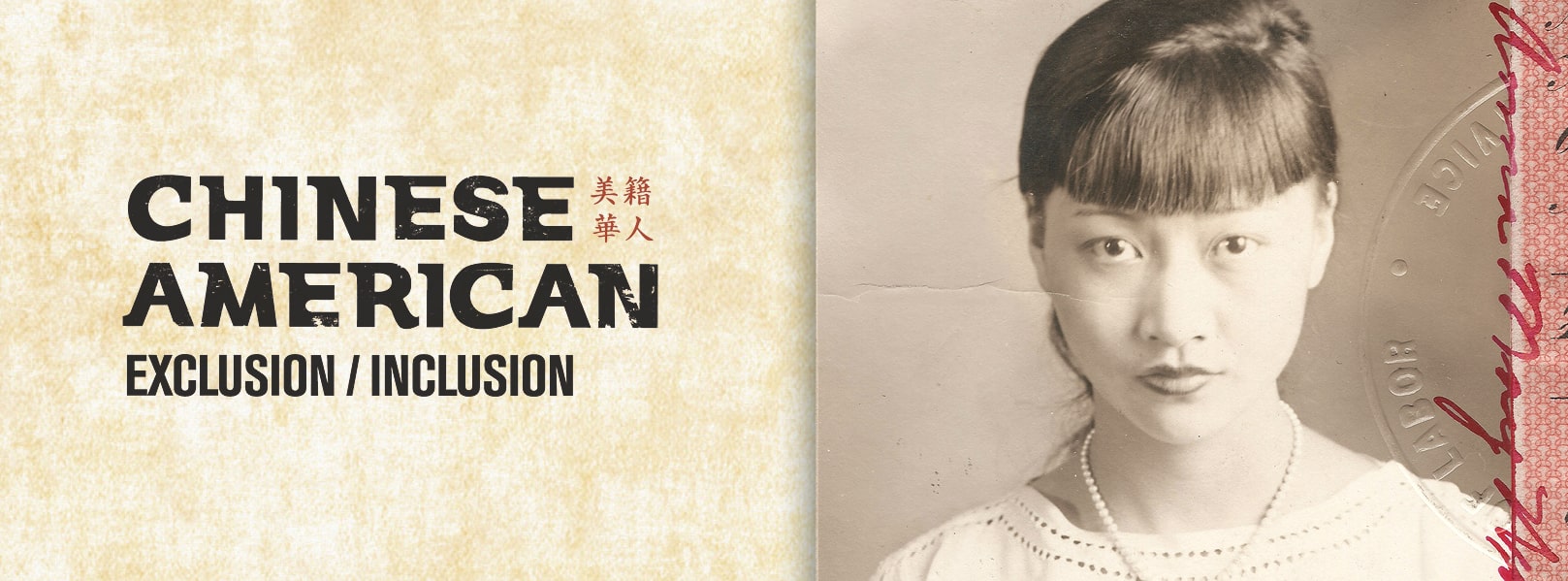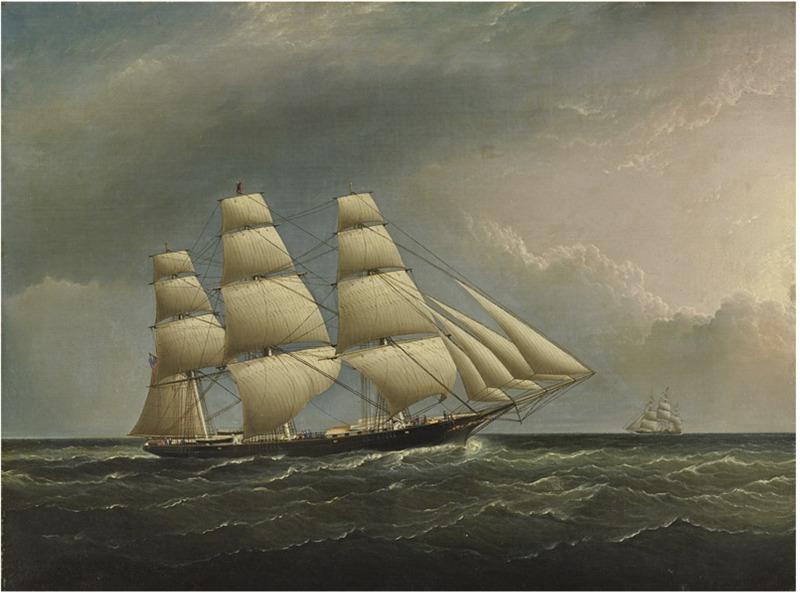Clippers and Steamships of trade
While the profits to be realized in the China trade were magnificent, the four- to five-month voyage from the Eastern ports in the United States to China posed innumerable threats—disease, typhoons, and possible invasion from pirates, the Chinese, or other foreign ships. The introduction of the American clipper ships (the word “clipper” signified speed) with their narrow hulls and large sails enabled sea travel at speeds of up to 30 kilometers an hour, far faster than the average merchant ships. Now Western traders could deliver the freshest tea possible, make more trips annually, and outpace the Chinese junks when smuggling opium.
The introduction of steamships brought further advantages to Western traders. With their shallow draft, steamships could sail closer to land and venture into the rivers. After the Second Opium War between Great Britain and China (1856–1860), additional Chinese coastal ports as well as inland rivers, especially the Yangtze River, opened up for trade. “In 1859 or 1860 I carried out a plan I had often thought of. This was to order a river steamer from America,” the merchant John Heard wrote. “I was convinced that from the opening of China which could not fail to result from the [Second Opium War], steamers must be much wanted. . . . So I sent Captain Johnson to America to build and bring out a steamer of 700 tons.” The steamship the Fire Dart alone turned a profit of $175,000 its first year.


